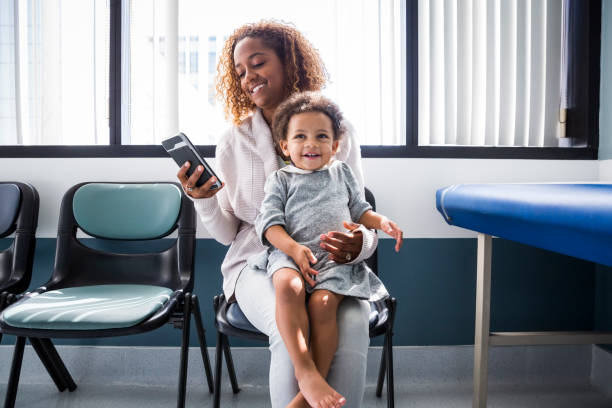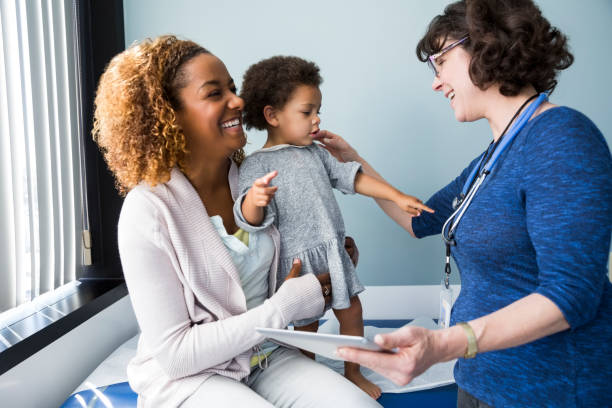Here’s a brief rundown of some of the most frequent kid health concerns.
Allergies
Allergies develop when your child’s immune system responds to items in the environment that are normally considered innocuous by most people, such as foods, insect stings, dust mites, animals, or pollen. If you suspect your kid has an allergy, see your doctor.

Asthma
If your kid has asthma, they may have a whistling wheeze while breathing, be short of breath when exercising or relaxing, have a chronic dry cough, or cough after physical activity or at night. Consult your doctor if you suspect your kid has asthma.
Colds
Colds may strike children as often as once a month. Fluids, comfort, and rest are typically the best treatments. Antibiotics aren’t going to help. Consult your doctor if you suspect it’s anything more severe than a cold.
Conjunctivitis
Conjunctivitis is an infection of the eyelids and ocular lining. Red, swollen, sticky, and painful eyes are some of the symptoms. Conjunctivitis caused by bacteria or viruses is very infectious, whereas allergic conjunctivitis is not. Take your kid to the doctor to find out what kind of conjunctivitis they have and how to cure it.
Food sensitivities
Food intolerances are an allergic response to a certain food. Bloating, diarrhea and stomach discomfort are common symptoms that go away on their own. If you suspect your kid has a food intolerance, see your doctor.
Gastroenteritis
Gastroenteritis (‘gastro’) affects a large number of youngsters. Diarrhea, lack of appetite, vomiting, nausea, stomach pains, and fever are some of the symptoms. Although most episodes of gastroenteritis in children aren’t dangerous, it’s crucial to make sure your youngster drinks enough water.
Hand, foot, and mouth disease (HFMD) is a contagious illness that
Small blisters develop within the mouth and on the hands and feet as a result of the hand, foot, and mouth disease. These aren’t scratchy at all. It’s a little illness that won’t hurt you.

Impetigo
Impetigo, often known as school sores, appears as flat, red patches or tiny blisters on your child’s body. It’s possible that the spots may fill with yellow or green pus, explode, or crust over. The blisters itch a lot. If you suspect your kid has impetigo, take him or her to the doctor since antibiotics are required. Because impetigo is very infectious, keep your kid at home for at least 24 hours after starting antibiotic therapy.
Lice or nits are two different terms for the same thing.
These insects cling to children’s hair, lay eggs (often referred to as nits), and cause a lot of scratching and irritation. Lice may be removed from wet hair by combing with conditioner or using anti-lice treatments. Keep your youngster at home until the lice have been treated.
Warts
A wart is a raised growth that is tiny and flesh-colored. They’re most commonly found on children’s arms, hands, and legs. The majority of warts are painless. If the wart is on your child’s face, foot, or genitals, or if it is red, hot, or painful, see your doctor.
Worms
An itchy or red bottom is one of the worms’ symptoms. Worms are typically harmless. Antiparasitic medications, which you may get over the counter at your local drugstore, are a simple way to cure them. Everyone in the family should be treated at the same time. Infections often recur, especially in children who attend child care, preschool, or school.
Hence, one of the ways to ensure your kid is in pink of health is to buy insurance policy for kids Malaysia.